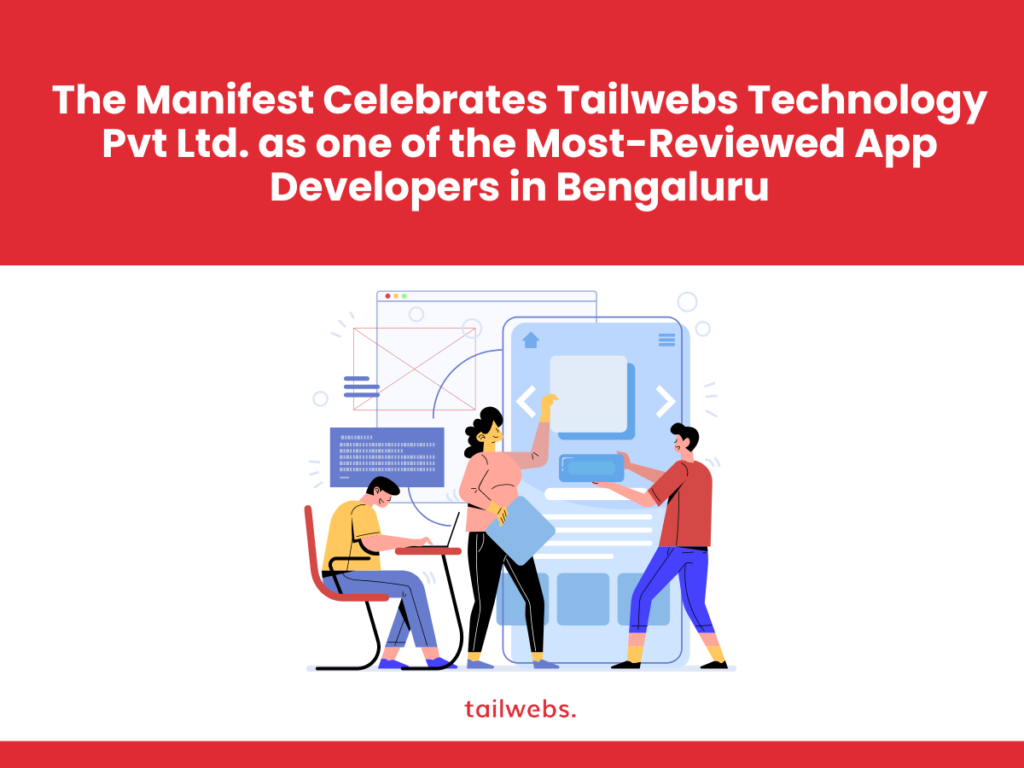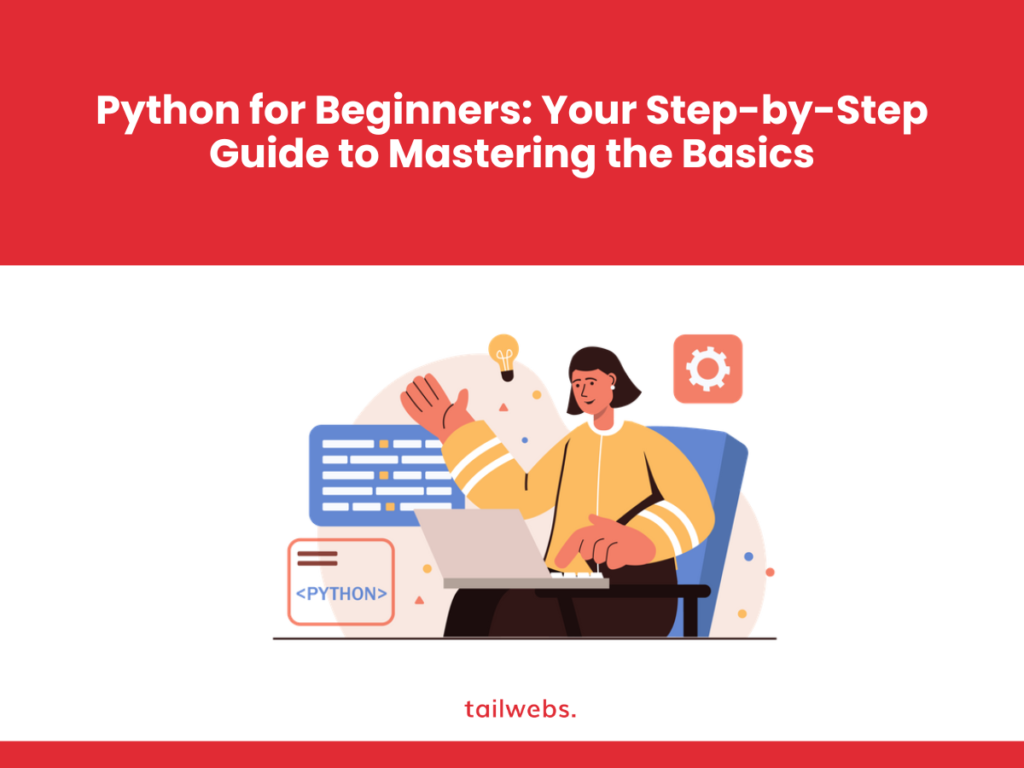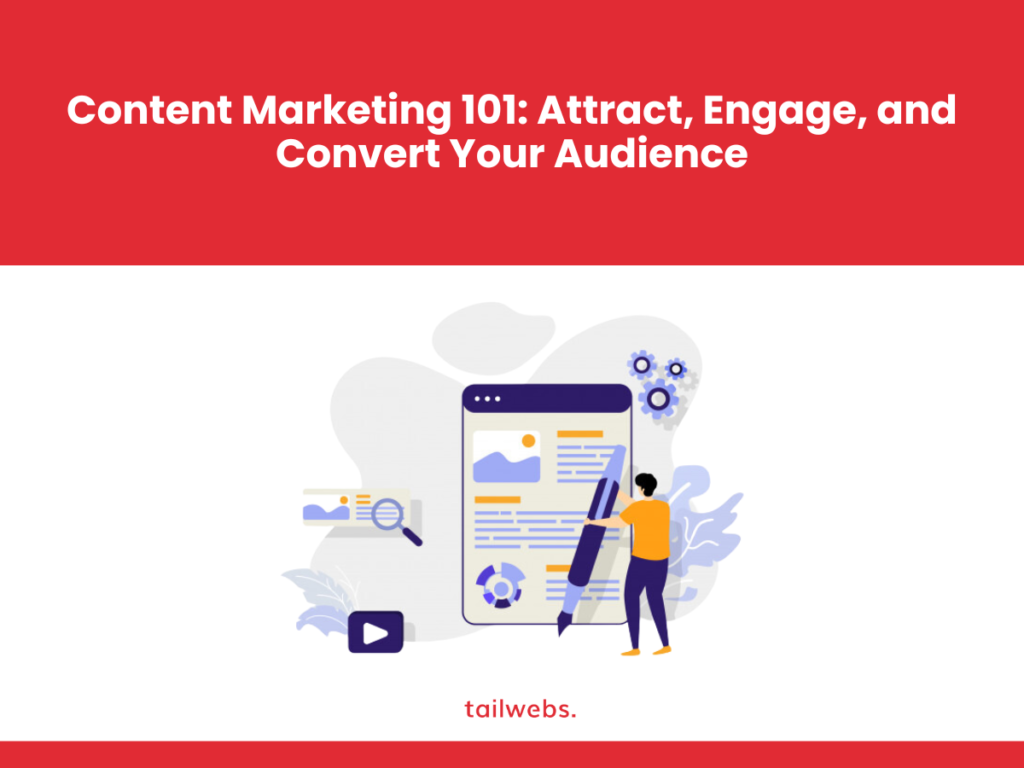You’ve got a fantastic idea for a new app! You know exactly how it will work, what problem it will solve, and who it will benefit the most-ideal! However, before you begin building, one question must be addressed because it overtakes all aspects of the app: how will the app be monetized?
One of the most important decisions you’ll have to make when developing a mobile app is how to monetize it. There are numerous ways to monetize a mobile app, and the best option for your app will depend on several factors.
We have curated some Factors here that will help you decode how to monetize your App
So keep reading to find out how to properly monetize your app.
What Is Monetization for Mobile Apps?
Mobile app monetization is essentially a method of generating revenue from the audience via the mobile app. Several models are included in the process, which developers can easily integrate into their apps. Some of these models are dependent on the app’s category, while others are primarily for monetization. Because user experience can help gain customers’ trust, mobile app developers must be aware of ways to generate revenue during the development process. So, choose your app developers smartly.
Why Create a Mobile App in the First Place?
This is a common question today among business owners who have yet to join the mobile revolution. There are numerous reasons to be hesitant. Will it pay off, and make you stand out from the crowd, or will people use it? If you’re a planner, you’re probably weighing the benefits and drawbacks of mobile app development right now.
At the end of the day, you must consider your users and their journey. Where does it make the most sense to monetize the app based on how you believe (and eventually learn) they will use it?
As of this writing, the number of free apps far exceeds the number of paid apps. From 2019 to 2022, the following chart depicts the breakdown in the Google Play store:
Chart
The difference between these methods of app monetization is that a mobile program is one that any user can download from the app store without having to pay for access to the app.
A paid app, on the other hand, has a cost from the start. But when it comes to making money from a mobile app, that’s just the tip of the iceberg. Free app monetization can also be divided into several categories.
Let’s look at the various monetization methods that are currently available for mobile apps. We’ve included the benefits and drawbacks of each, as well as some examples for your convenience.
Is it necessary to monetize my app?
The simple answer is “yes.” Without a proper monetization strategy in place, your app will generate no revenue and you will struggle to recoup the costs, time, and resources expended during the app development process. The app market is worth billions of dollars and is still growing. Experts predict that revenue generated by apps will more than double between 2016 and 2020. However, not all apps or parts of apps must be monetized. For example, consider a workplace app that does not need to be monetized because you will not be charging your employees to use the app.
Methods for Making Money with an App
Mobile applications must be tailored to fully fit users in order to have the greatest impact on your business. You can increase app revenue by implementing the right monetization strategy and selecting the right model. We’ve outlined the best app monetization strategies to help your company make more money. Mobile app monetization strategies are classified into two types:
Monetization Direct:
Direct monetization refers to money generated directly from the app. The sale comes directly from your app when a user downloads an app from the Apple or Google store and pays for your eCommerce app. Direct monetization, as the name implies, is simply the revenue you can generate by implementing profitable app monetization models, which we will discuss further below.
Popular Models and Strategies for App Monetization ( Direct and indirect)
Let’s take a look at some of the most popular app monetization strategies. I’ll explain whether the strategy is direct or indirect, the pros and cons, and how someone can use these strategies to monetize their app.
Upgrades for Freemium
One of the most popular ways to monetize an app is through the freemium model. Essentially, you provide a free basic version of your app and then charge users for premium features or upgrades. This can be a great way to get users addicted to your app and then monetize them later. It’s also a good way to get users to try out your app before they buy it.
However, the freemium model can be difficult to implement. If you don’t provide enough value in the free version of your app, users will leave and never return. And if you don’t effectively upsell users, you won’t make much money from the premium features. You must strike a balance between providing enough value to keep users interested in the free version and providing enough incentive for them to upgrade to the paid version.
Downloads of Paid Apps
Paid app downloads are another method of monetization. You essentially charge users a one-time fee to download and use your app. If you have a large fan base or your app is of high quality and provides a lot of value, this is a great way to monetize it.
The disadvantage of paid apps is that they can be difficult to effectively market. It can be difficult to persuade users that your app is worth the price. According to Statista, the average price of an app on the Apple App Store is $0.80, indicating that consumers do not expect to spend much, if any, money on the apps they download.
Furthermore, once a user has paid to download an app, they are less likely to upgrade to a premium version or make in-app purchases. As a result, you must ensure that your app is worth the price tag from the start.
Subscription models
The subscription app model provides paid content and allows users to access all of the app’s special enhanced features. Users are persuaded to pay a recurring fee for the content in your app under this app monetization strategy.
Subscription models are currently gaining popularity because they attract a large number of users, increasing app engagement.
Premium apps:
Premium apps are a one-time investment that generates revenue for your company with each successful subscription or download. Despite the fact that only 5% of apps in the Apple and Google Play stores are paid, this app monetization strategy has proven to be the most profitable.
Premium apps are simply different versions of your app that provide a better user experience.
Indirect Monetization
Indirect monetization is very popular among software products. Independent digital products that come with a free app are one of the best examples of indirect monetization. In such cases, the app is secondary, and you will earn money regardless of app usage. This is a clever app monetization strategy that involves developing a mobile app to make the product appear more appealing to potential customers while improving the user experience.
Advertising
Digital advertising presents a fantastic opportunity for mobile app monetization because it significantly improves the channel of communication between consumers and advertisers via mobile applications. This is due to the excessive amount of time people spend on their phones. According to reports, at least 90 minutes per day, or 23 days per year. So, how do you take advantage of this data and monetize your app? Advertisers typically create three Four types of ads, such as:
Interstitial ads
Interstitial ads, also known as full-screen ads, are typically displayed in an app’s flow at natural transition points between activities, such as moving across the menu.
Banner ads:
Banner ads are a type of online advertising provided by an ad server that are typically found at the bottom or top of a mobile screen. They do have a tendency to irritate your users because they are more distracting than others, so think twice before agreeing to banner ads.
Notification ads:
Notification ads appear as pop-ups and serve to notify users of the app’s presence. Push notifications, while somewhat intrusive, are extremely effective.
Rewarded Ads:
Rewarded apps are one of the most popular methods of monetizing mobile apps because they increase advertising revenue. It allows users to interact with playable advertisements in exchange for a reward within the app.
Purchases made in-app
If your app has a lot of valuable content or features, in-app purchases are a great way to monetize it. Essentially, you allow users to purchase virtual goods or services within your app. This can be an excellent way to monetize users who are already using and engaging with your app.
The disadvantage of in-app purchases is that they can be difficult to effectively market. It can be difficult to persuade users that the content or features you’re offering are worth the price. Once a user has paid for something in an app, they are likely to be much more loyal to that app. So give them a reason to buy for the first time!
Product Enhancements
A type of indirect monetization strategy that generates revenue from products and services rather than direct app actions. When a user uses this method, he or she can use the iOS or Android app of the software for free. One such offer can be found on QuickBooks (a popular online accounting software). If your product provides a free app that others do not, you can gain a significant market advantage. Furthermore, users prefer to access their data from anywhere using a native mobile app
How do free apps generate revenue?
In free apps, you cannot charge users for downloads. Worried? You should not, because it is possible to make money with free apps without charging the users. Above, I discussed six app monetization strategies. The following are five models that can be used to monetize free applications.
- Subscriptions
- freemium model
- Advertisements
- in-app purchases
- Product extensions
All of these models are applicable to free apps, and you can even use a combination of models to monetize free apps. Making money with free apps is possible if you use multiple monetization methods.
It does not imply that you should abandon the idea of developing paid apps. You can still use a variety of strategies based on your interests.
How do you pick the best monetization model for your app?
It is critical to pay close attention when deciding on the best monetization strategy for your product. Before deciding on a model, consider your key performance indicators such as audience, engagement, capabilities, app and service type, and so on. I’ve compiled a list of tried-and-true strategies for you to consider:
- Conduct extensive market research to identify the most important factors.
- In the early stages of app development, test and validate your chosen monetization strategy.
- Do not overcharge your customers.
- Define the app’s specific elements.
- Give your users something of value.
- Update your apps to reflect the new market trends. constantly
- Make certain that your chosen strategy does not interfere with the app’s UX.
Some apps are easier to identify than others. In-app purchases, for example, are the best model for an e-Commerce app. However, attempting to apply the Advertisement model to an eCommerce app will divert user attention away from the product you are selling, lowering the app’s value.
Final thoughts
There is no one-size-fits-all solution to the problem of monetizing your mobile app. The best monetization strategy for your app will be determined by a variety of factors, including the type of app, audience, and platform.
It is essential to consider the impact on user experience when selecting a monetization strategy. Ads that are too intrusive can cause users to abandon your app, so it is critical to strike a balance between generating revenue and providing a positive user experience.
It is also critical to consider the platform you are using. Apple and Google have different policies regarding app monetization, so do your homework before implementing a monetization strategy.
Finally, keep in mind that there is no one-size-fits-all solution for app monetization. The best approach is to try out different strategies and see which one works best for your app and audience.
If you want help with your Apps, you can try out Tailwebs





